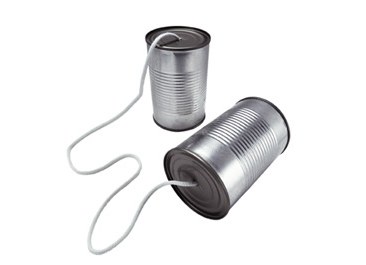
Could one of the Gulf of Mexico’s most abundant fish face the same fate as Prince William Sound’s crashed herring population?
A new study [PDF] by a team of researchers published in the Proceedings of the National Academy of Sciences raises alarming questions about the lingering effects of the BP oil spill on Gulf killifish. The minnow-like wetlands resident, also known as bull minnow or cacahoe, is a critical part of the Gulf’s food chain and was chosen for study by a team of researchers because of its abundance and sensitivity to any effects of toxic pollution.
The study finds that oil exposure has altered the killifish’s cellular function in ways that are known to be predictive of developmental abnormalities, decreased hatching success, and decreased embryo and larval survival.
“Population-level effects, if they emerge, are going to emerge across several generations, so effects on long-lived species will take longer to emerge than for short lived species,” says lead research Andrew Whitehead of Louisiana State University.
“This study is alarming because similar health effects seen in fish, sea otters, and harlequin ducks following the Exxon Valdez spill in Alaska were predictive of population impacts, from decline to outright collapse,” says Dr. Doug Inkley, senior scientist with the National Wildlife Federation. “Not only are Gulf killifish an important food source for redfish and speckled trout, but killifish eat mosquitoes, helping to keep the pest population in check.”
The year of the Exxon Valdez oil disaster in Alaska in 1989, the stocks of herring stayed fairly steady. The next year? Still relatively stable, and a lot of people assumed the threat had passed. But four years later, herring stocks collapsed. Fishing licenses, which had been sold from one generation of fishermen to the next and served as a dependable retirement fund, were suddenly worthless. The effects rippled up the food chain as predators like orcas were deprived of a critical food source.
And today?
Two decades after the Exxon Valdez spilled almost 11 million gallons of crude oil into Alaska’s Prince William Sound, the herring still have not come back.
Without that cornerstone species, the commercial fishing season now starts two months later, in May instead of March. Oil still wells up in the little pits dug by sea otters as they forage for clams.
So what can we do now?
“Wherever oil continues to be found in the Gulf, it should be removed if doing so won’t cause more environmental harm than good,” says NWF’s Dr. Inkley. “But in addition, Congress must act to protect the Gulf’s people and wildlife by passing comprehensive response legislation. Action is urgently needed, both to improve oil and gas drilling safety regulations so this doesn’t happen again, and to dedicate fines and penalties to Gulf Coast restoration.”
Ask your members of Congress to pass Gulf oil disaster response legislation now.


